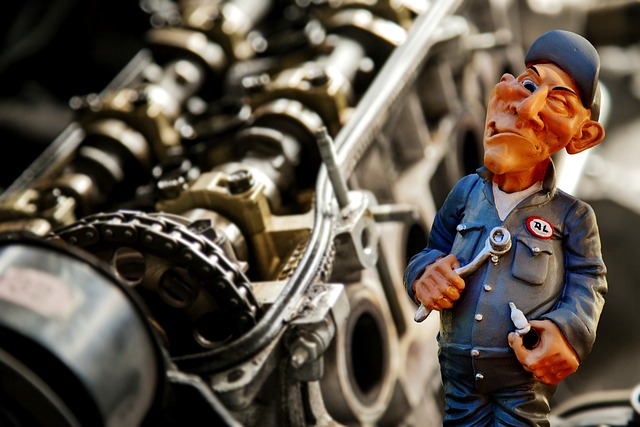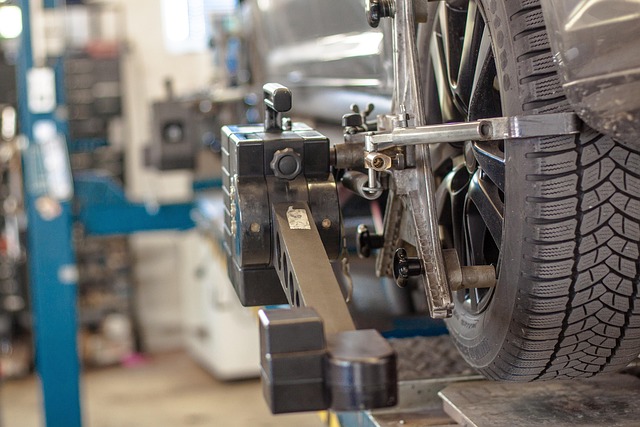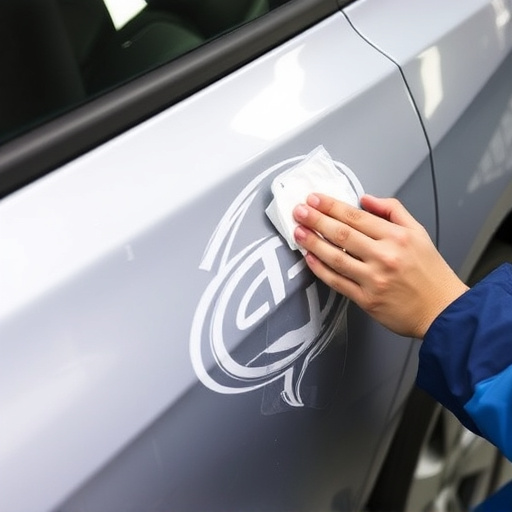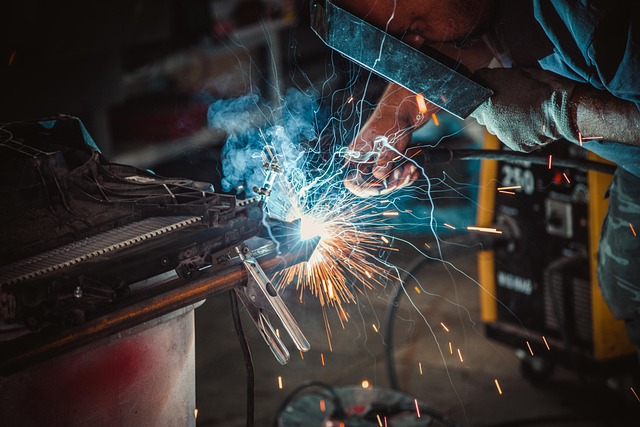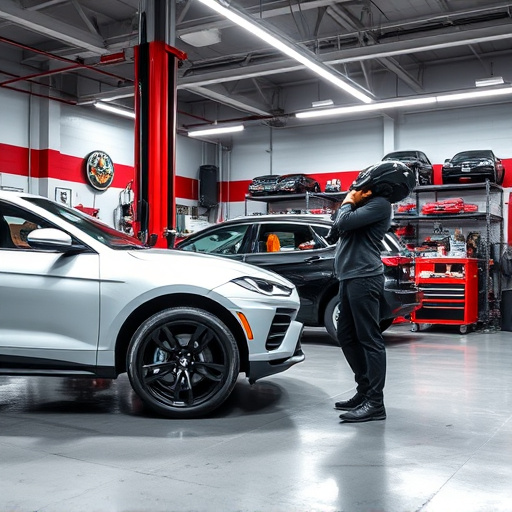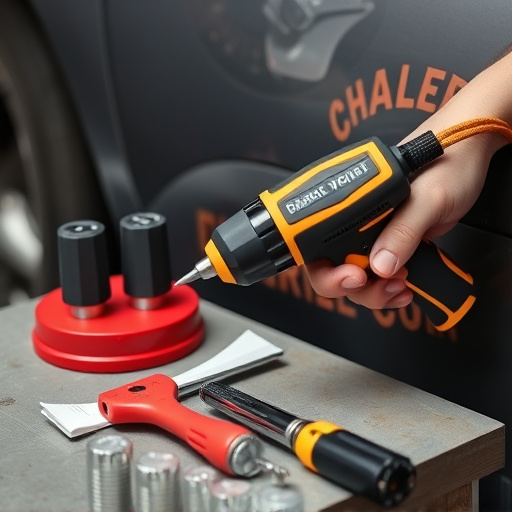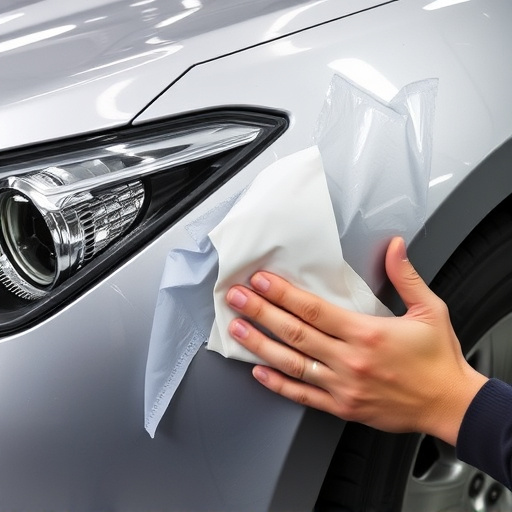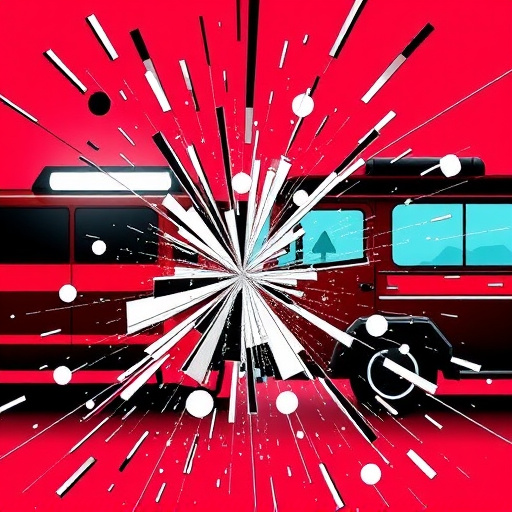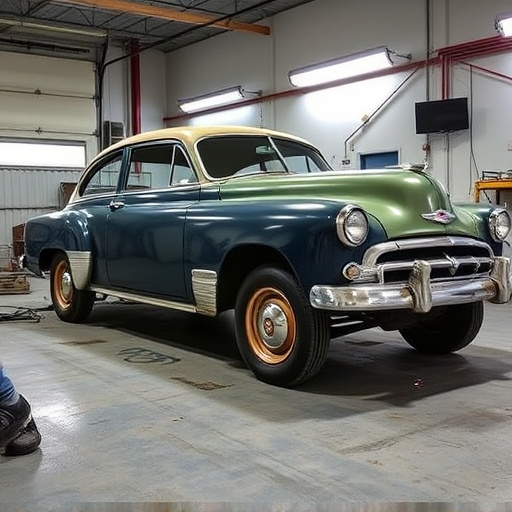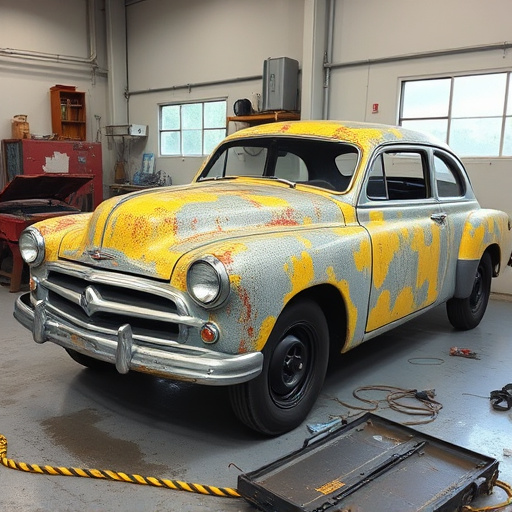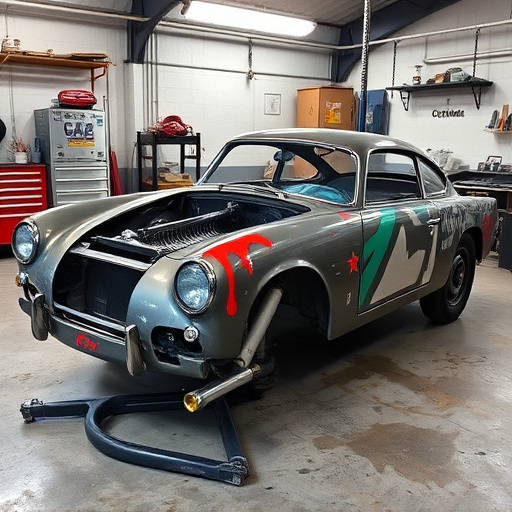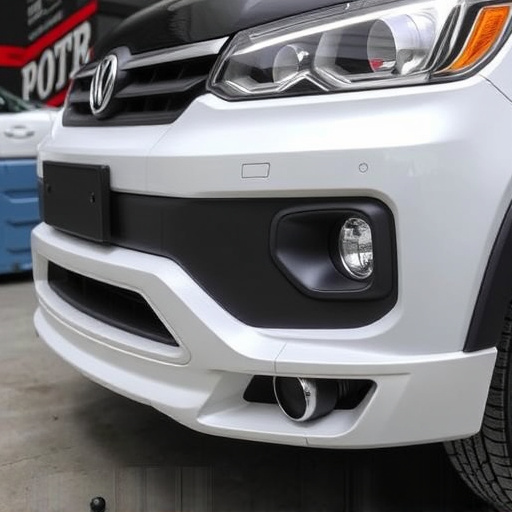Showroom quality restoration in auto repair, especially for Mercedes Benz, relies on precise color matching, skilled techniques like airless spraying, meticulous surface preparation, and multi-step processes to achieve a durable, flawless finish that meets high standards of aesthetics and protection against environmental damage. Ideal environmental conditions, top-tier finishes, and expert application methods are crucial for achieving this level of restoration.
In the realm of auto restoration, achieving showroom quality is a fine art. The paint finish plays a pivotal role in bringing vehicles back to their pristine state. This article delves into the intricacies of paint finish in showroom quality restoration, exploring key factors like understanding its role, identifying influences on final coats, and mastering techniques for flawless results. By the end, folks will be equipped with insights to navigate this intricate process, ensuring remarkable transformations.
- Understanding Paint Finish Role in Showroom Restoration
- Factors Affecting Quality of Final Coat
- Techniques for Achieving Flawless, Showroom-Ready Results
Understanding Paint Finish Role in Showroom Restoration
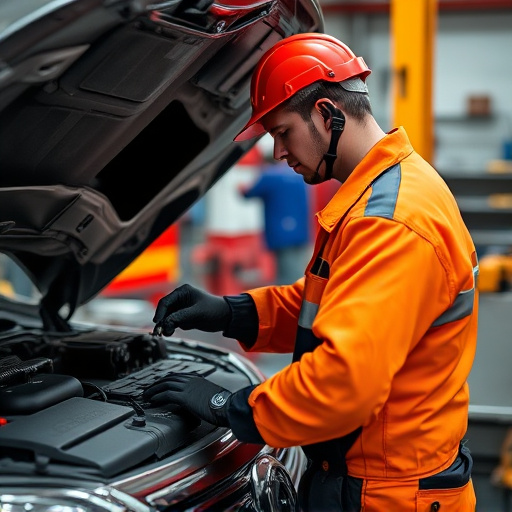
In the realm of showroom quality restoration, paint finish plays a pivotal role, acting as the final flourish that transforms a restored vehicle into a showcase masterpiece. Beyond mere aesthetics, a flawless paint job serves as protection against environmental factors like UV rays and harsh weather conditions, preserving the car’s exterior for years to come. This is particularly crucial in the context of car dent repair and collision repair shop services, where the goal is not just to fix dents but to restore the vehicle to its original, or even enhanced, condition.
A skilled auto collision center understands that achieving showroom quality requires a meticulous process that includes surface preparation, color matching, and application techniques. Each step is essential to ensure the paint finish not only looks impeccable but also provides a durable barrier. This commitment to detail is what sets apart a good collision repair shop from an outstanding one, delivering vehicles that not only drive well but also command attention upon entering any showroom.
Factors Affecting Quality of Final Coat
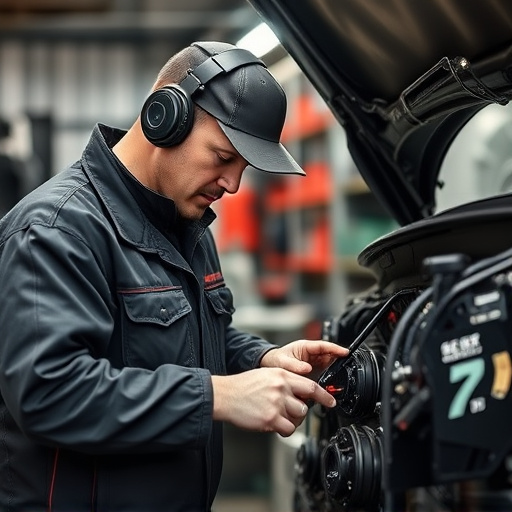
The final coat in a showroom quality restoration is only as good as the factors that contribute to its creation. At an auto repair shop, especially one specializing in Mercedes Benz repair or fender repair, achieving perfection requires meticulous attention to detail and adherence to stringent standards. The environmental conditions play a significant role; temperature and humidity levels must be optimal for the paint to dry evenly and set properly, ensuring long-lasting durability.
Additionally, the quality of the paint itself is paramount. Using top-tier finishes specific to the make and model ensures color accuracy and a smooth, glossy finish that reflects light beautifully. The expertise of skilled technicians is also indispensable; their techniques for applying the coat, including proper spraying and brushing methods, directly impact the final aesthetic. This meticulous process guarantees a flawless result, bringing damaged vehicles back to their original showroom quality.
Techniques for Achieving Flawless, Showroom-Ready Results
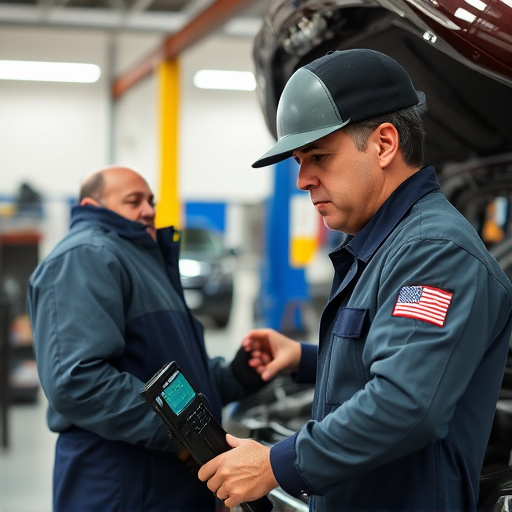
Achieving flawless, showroom-ready results in a restoration project demands precision and expertise. For automotive restorations, especially those involving hail damage repair or car body repair, the focus should be on creating a seamless blend that matches the vehicle’s original factory finish. Professional techniques include meticulous surface preparation, where every imperfection is addressed before painting. This involves sanding, cleaning, and priming to ensure an even base for the top coat.
Advanced paint application methods, such as airless spraying or robotic painting, offer consistent coverage and a smooth finish. In auto body repair, attention to detail is key; each panel should be treated individually, accounting for variations in shape, curve, and previous damage. For best results, a multi-step process involving color matching, undercoating, and final coating ensures durability and a perfect match to the vehicle’s original shade, enhancing the overall showroom quality restoration.
In conclusion, achieving showroom quality restoration relies heavily on understanding and mastering paint finish. By grasping the critical role of paint in restoring surfaces to their best possible state, and implementing techniques that ensure a flawless final coat, restorers can deliver exceptional results. Awareness of factors affecting paint quality allows for informed decisions, enabling the creation of a vibrant, durable finish that meets high standards expected in showroom environments.
